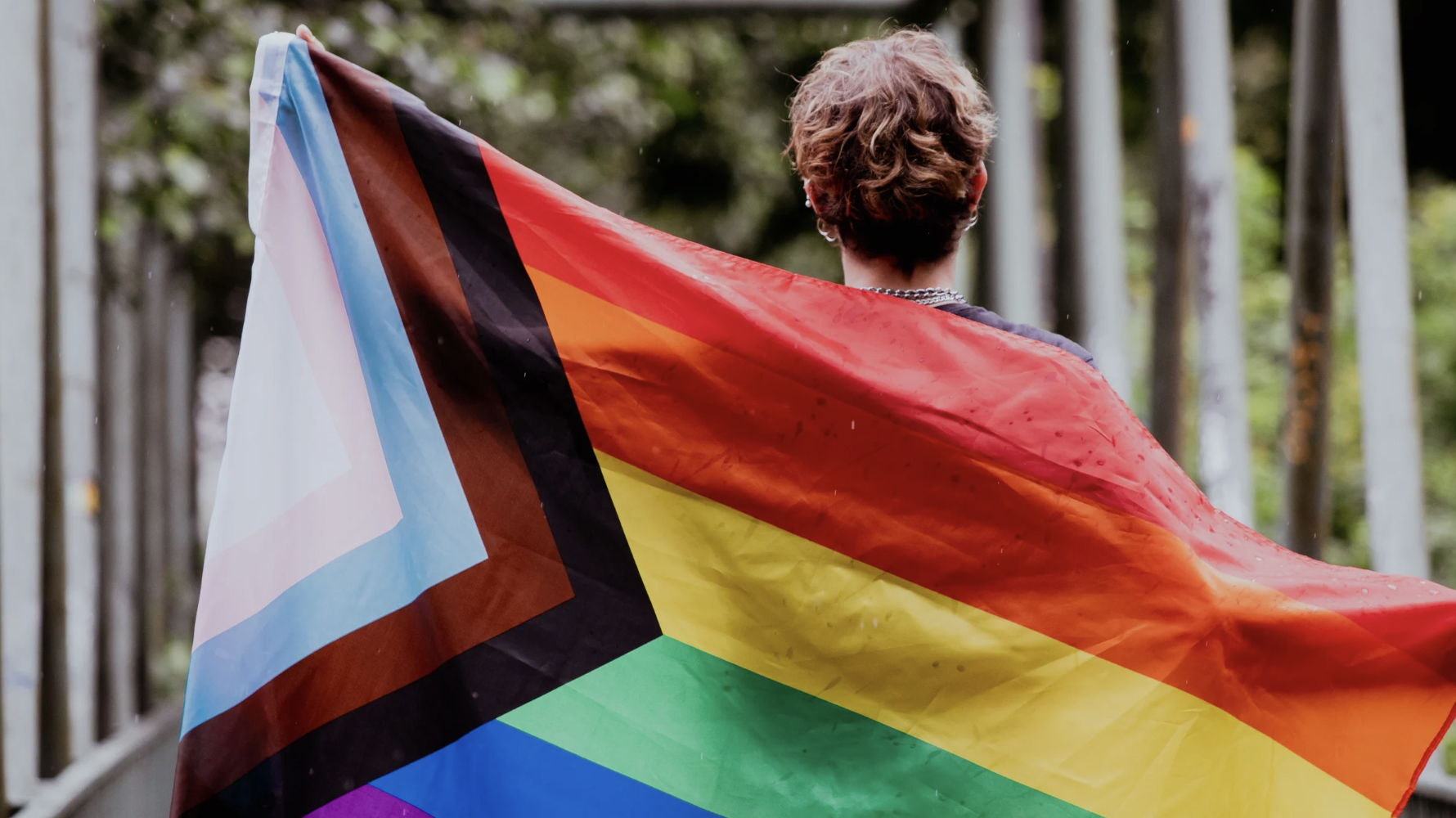


In the UK there have been few shifts in public opinion as rapid and widespread as attitudes toward the LGBTQ+ community. Research has shown that the media industry has played an instrumental role in this shift in attitude towards sexual preferences and other minority groups, mainly affecting the views of younger generations, who can often be more progressive and open-minded in their thinking.
Since the 1990s representation of the LGBTQ+ community in the media has increased steadily. Looking back, our first examples of Gay and Lesbian stars in the nineties were limited to Ellen Degeneres, Will & Grace, Queer as Folk and Paul O’Grady. Although this was a limited portrayal of the community, it allowed for many people’s first exposure to the world of LGBTQ+.
Exposing a fairer representation of groups and ways of thinking is the best way to reduce prejudice between majority and minority groups – this includes those we see in the media, be they a character or an individual. Portrayals of the LGBTQ+ community have continued to grow in the following decades since they were featured in popular shows like Invincible and Modern Family; and recently, these portrayals have spread to shows for teenagers such as Glee or Call Me By Your Name. Beyond entertainment, the news media has also brought LGBTQ+ issues to the forefront, often becoming a politicised issue.
In an increasingly globalised world, media representation spreads further than a country’s border, often reaching countries where LGBTQ+ rights are still further behind than here in the west.
Exposure to different minority groups is vital, especially for those of a younger generation. When young people are introduced to members of the LGBTQ+ community, it will impact how they interact with LGBTQ+ people in their day-to-day lives. However imperfect the media representation may be of LGBTQ+ people, the media does introduce new debates and new frames of reference across the industry.
Representation in the media is vital, although being a member of the LGBTQ+ community is widely accepted these days, for many the mind is very good at casting self-doubt. So when children, teenagers or anyone for that matter can see others enjoying shows such which fairly represent the LGBTQ+ community, it reaffirms in their minds a level of acceptance in society.
Although representation of the LGBTQ+ community has rapidly developed over the years in both TV and Film, there are still important changes that are needed. Stories are how people see the world beyond themselves, so it’s important that they see the world as it is. Therefore, we need to explore the importance of fairly representing the LGBTQ+ community, out with old stereotypes and in with a more modern and realistic take on the LGBTQ+ community. The media is improving, but there’s still a long way to go. It’s important that people can see how diversity is integral in making up this incredible world, and there’s never going to be a ‘one size fits all’.. Not the narrow, hyper-focused world that is currently shown, but the whole, wide, vibrant, beautiful variety of human life that exists just behind the screen.
